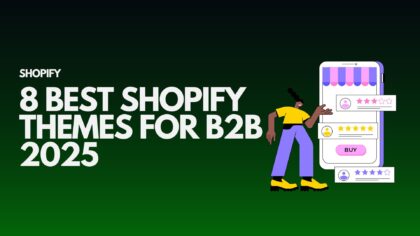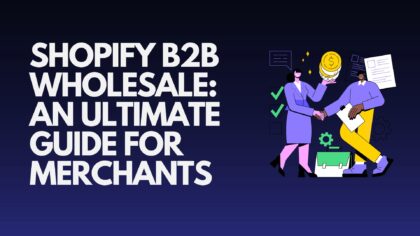Understanding what UX design exactly is and what they do is the very first step to go ahead and the only one step that can make you know about the career scope and future growth of it.
If you’re new to UX design, it will give a clear description of what UX is and what it entails. If you’re a UX designer, it aims to provide you with a clear and short explanation.
What does a UX designer do?
Quick Links
- What is UX design?
- What does a UX designer do?
- What are the typical tasks and processes of a UX designer?
- What skills does a UX designer need?
- UX designer job market and salaries
- Wrap-up and further reading
- What is UX design?
Let’s understand in simple terms, UX design focuses on the interaction between real human users and products/services such as websites, apps, etc. It’s an extremely varied discipline, combining aspects of psychology, business, market research, design, and technology.
UX is not new. The term has been around since the early nineties, coined by Donald Norman when he worked for Apple as a cognitive scientist. Don Norman was interested in all aspects of a user’s experience with a product or service, including industrial design, graphics, the interface, and physical interaction. To encompass all of the different elements that determine how a user feels while interacting with a product, he came up with the term “user experience.”
UX design in action
So we know that UX designers are important, and we have a practical definition of the term “UX”—but what makes it look like in progress?
Let’s imagine you’re shopping for a pair of dresses online.
You find yourself in the “dress” category, and there are over three hundred different pairs to browse—great! Then you realize there’s no way to filter the results, meaning you have to scroll through hundreds of inappropriate dresses before you find what you’re after.
You get there in the end and add them to your basket. You’re ready to make a purchase and, as a new customer, you have to create a new account.
Ok, no problem—until you see that there are at least ten necessary fields to be packed in! Buying your shoes on this website is starting to feel like more hassle than it’s worth, so you decide to drop ship and look away.
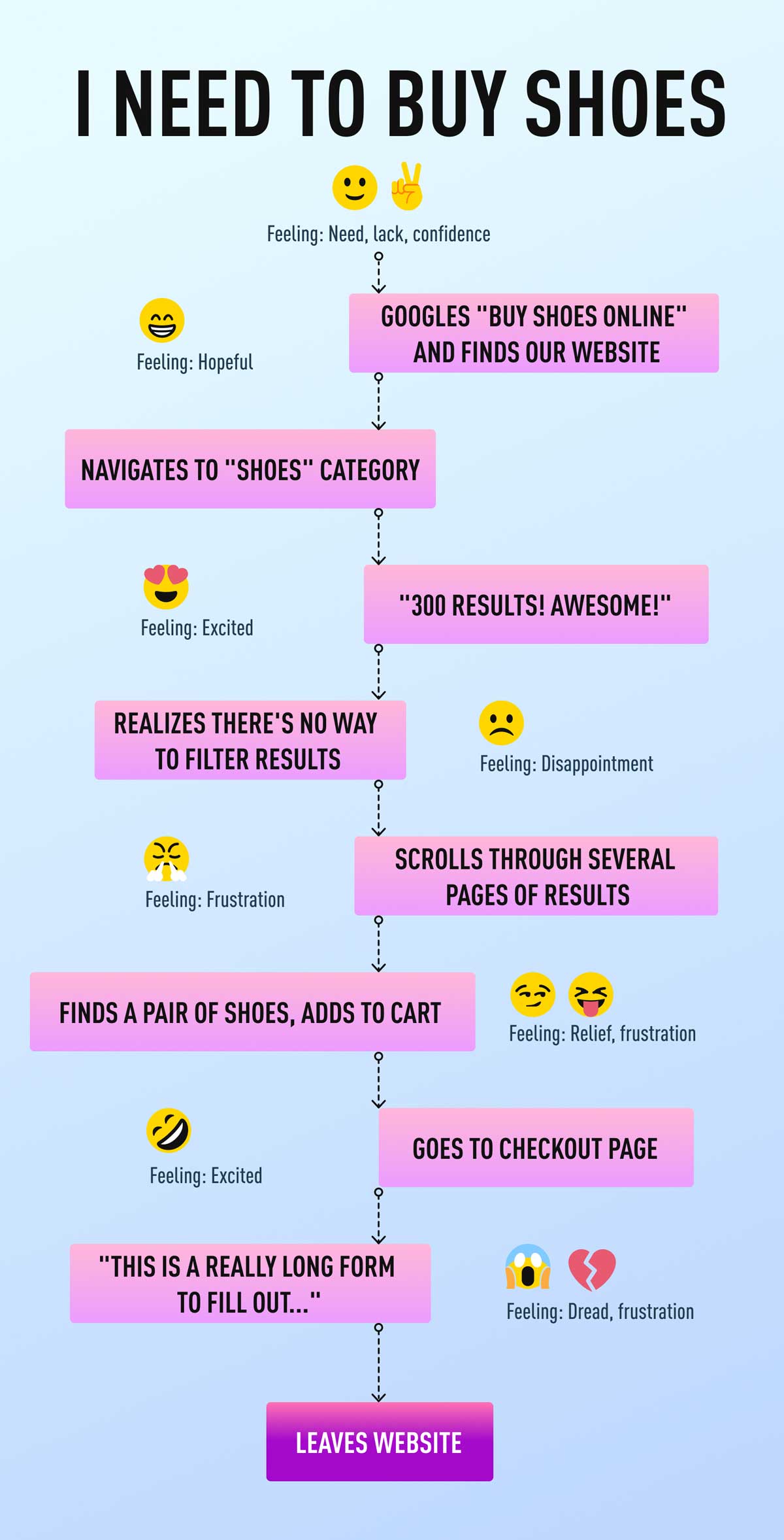 That’s the way a person faces a bad user experience and now UX designer comes into the picture. UX doesn’t only apply to websites though, any kind of product or service you come into contact with evokes a certain type of experience.
That’s the way a person faces a bad user experience and now UX designer comes into the picture. UX doesn’t only apply to websites though, any kind of product or service you come into contact with evokes a certain type of experience.
Now we’ve established what UX design is, let’s revert to our original question: What does a UX designer do?
2.What does a UX designer do?
If you’re considering a career as a UX designer, you’ll want to know how UX designers work on a day-to-day basis. What kinds of projects can you expect to work on? What is your role within a company?
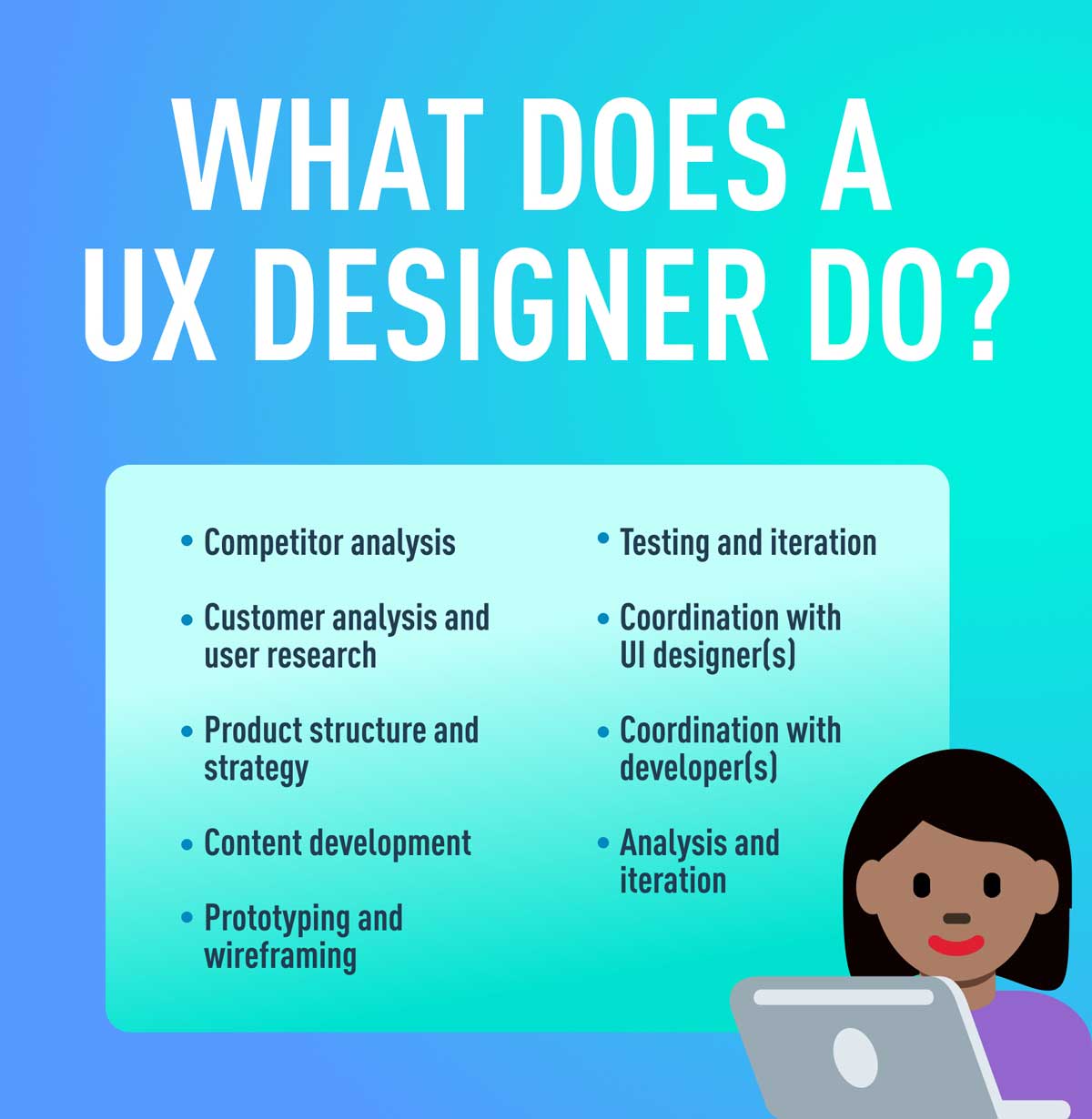 What does a UX designer do?
What does a UX designer do?
As a UX designer, it’s your job first and foremost to support the end-user or customer. Whether you’re designing a brand new product, coming up with a new feature, or making changes to an existing product or service—the UX designer must reflect what’s most suitable for the user and the overall user experience.
At the same time, you are also accountable for making sure that the product or service meets the needs of the business.
You may find yourself designing websites, mobile apps, and software, or even designing for voice, AR, and VR devices! Some UX designers focus on service design rather than tangible products, such as designing the overall experience of using public transport or staying in a hotel.
The listing below some of the roles that a UX designer performs in a Marketing Agency.
- Conducting user research
- Creating user personas
- Determining the information structure of a digital product
- Designing user flows and wireframes
- Creating prototypes
- Conducting user testing
It is important to be aware that UX designers are not typically responsible for the visual design of a product. Rather, they focus on the journey that the user takes and how the product is structured to facilitate this journey.
3.What are the common tasks and methods of a UX designer?
As a UX designer, you’ll go through each step in the UX design process to make sure that any products are designed with the user in mind. So what kinds of tasks can you expect to carry out on a day-to-day basis?
Now let’s take a closer look at the kinds of tasks that typically fall into the UX designer role.
- Conducting user research (including task analysis)
- Personas and information architecture
- User flows and wireframes
- Prototyping and user testing
- Visual design
Conducting user research
The primary stage in the UX design process is where the research happens. Generally, a UX designer will get a brief from the client or their manager asking them to do some project research.
This might include reviewing what the current website has to offer, interviewing existing users to identify opportunities and pain points, and doing competitor research to see what else is out there.
These tasks enable the UX designer to pinpoint the core features needed for the Minimum Viable Product (in other words, the first repetition of a product that you’ll release) and to start creating some initial user personas.
In a nutshell, the user research phase is when you scope out the project, identifying exactly who you’re designing for and what the users’ goals and challenges are about the product. You can also look at some of the projects done by Emerge Digital for reference.
User personas
Based on extensive user research, UX designers might then create user personas. This is where you search more rooted into what tasks each persona wants to perform and why.
Information architecture
Next, you’ll start thinking about the kind of content needed and how it will be structured across the website or app. This is what’s known as information architecture; working out the most logical layout and organization of the content.
Good information architecture makes sure that the user can easily find whatever they’re studying for and intuitively navigate from one page to the next without too much thought.
User flows and wireframes
UX designers use a range of tools to map out the user’s journey through a product, including user flows and wireframes.
User flows are basic flowcharts that visualize the complete path a user takes when using a product, from the entry point right through to the final interaction. You can learn more in this introductory guide to user flows.
While the user continues to map out the whole user journey, wireframes present a two-dimensional form of a single screen or page.
Prototyping and user testing
With the product layout mapped out, the UX designer will then create prototypes and run some user tests.
A prototype is simply a scaled-down version of your product; a simulation that enables you to test your designs before they get developed. Prototypes range from the simplest of paper models to the more realistic, high-fidelity interactive prototypes which closely mimic the final product.
Testing your prototypes on real users helps to highlight any design flaws before you create the final product. Several rounds of testing could take place before the design is completely right.
Once you know the design is meeting users’ needs, the new product is finally ready to go into development. UX designers also attend sprint meetings, overseeing product development to make sure there aren’t any feature creeps (which often happens in my experience!) and helping to make small refinements to the design as and when necessary.
Visual design
You’ll notice that none of the above tasks are concerned with the visual design of the product. While some UX designers will also specialize in visual design, it tends to fall under user interface (UI) design.
So, the final imagery, color schemes, icons, and typography will usually be taken care of by a UI designer. If you’re confused about the difference between the two roles, here’s a great guide explaining the differences between UX and UI design.
One final point to make is that a UX designer’s work is rarely finished after the product launch. There will be cultures, small changes, new releases, feedback to gather, and analytics to discuss with the team.
The UX design process is highly iterative, and a career in UX is as much about collaboration and coordination as it is about design.
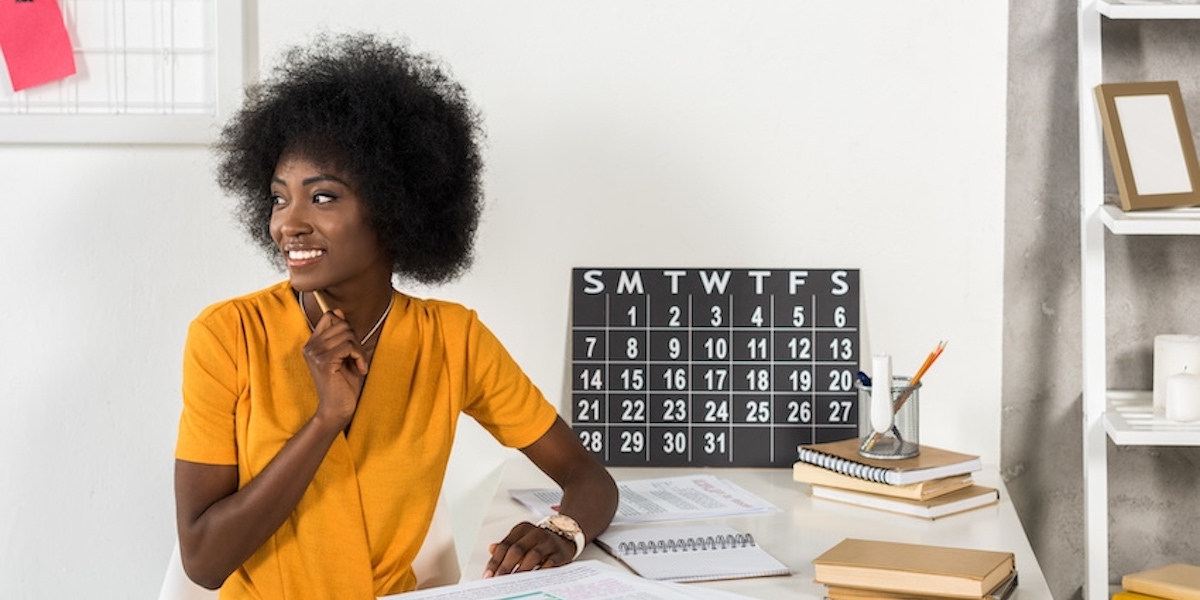 4.What skills does a UX designer need?
4.What skills does a UX designer need?
With such a diverse range of tasks, UX designers need to have a very diverse skill set. Besides professional and design skills like wireframing, prototyping, and interpreting data and feedback, UX designers also need certain “soft” skills.
Adaptability, communication, empathy, problem-solving, and teamwork are all essential soft skills. As a UX designer, it’s important that you can collaborate effectively with those around you—from clients and stakeholders to developers and fellow designers, all the way through to the end-user.
Business knowledge also goes a long way in the UX design industry. It’s important to understand both the goals of the company and the needs of the target audience and to align these when coming up with design solutions.
What is UX design, and what does a UX designer do? A visual overview
Here is the role of what exactly a UX designer does.
5.UX designer job market and salaries
The demand for UX designers has radically increased—and, as the tech industry continues to evolve, UX designers are more crucial than ever. This is especially true for UX designers who are on the cutting edge of their field, and participating in the trends that keep UX design so relevant and necessary.
This demand is also reflected in the overall increase in average UX designer salaries.
If you want to stand out in the market, we recommend developing a relationship with a UX design mentor and financing a truly job-winning UX design portfolio.
6.Wrap-up and further reading
As you can see, UX is an interesting, diverse, and highly satisfying career path that could take you in many directions.
- A guide to the best UX design bootcamps and how to choose one
- Should I do a UX design Bootcamp or a UX design internship?
- How to land a UX internship
- The power of storytelling in UX
What You Should Do Now
- Get a hands-on introduction to UX with a free, 6-day short course.
- Take part in one of our live online UX design events with industry specialists.
- Talk to a program advisor to discuss career change and find out if UX is right for you.
- Become a qualified UX designer in 5-10 months—complete with a job guarantee.
Content Credit – https://careerfoundry.com/en/blog/ux-design/what-does-a-ux-designer-actually-do/
